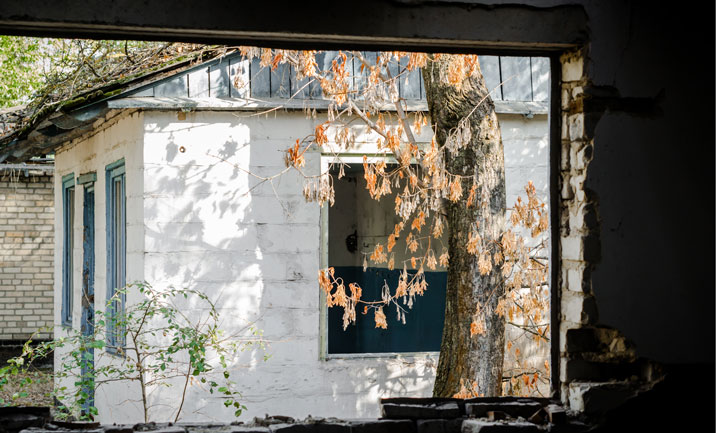The latest trend in home care is tidiness thanks to the hit Netflix show “Tidying Up,” with host Marie Kondo.
By taking her advice on decluttering you will have a tidier looking home, but it can also mean a safer home, keeping your entry points accessible, helping you identify hazards or problems that need fixing ― and even get you a reduction on your insurance premiums.
You can also take the time to do some other home maintenance that can reduce damage from an emergency, such as:
- Ensuring your alarm systems are all working.
- Fixing poorly lit walkways or walkways that need repairing.
- Draining your hot water heater.
- Pumping your septic tank.
- Clearing roof gutters.
- Changing HVAC filters.
- Pruning back tree branches that maybe touching your home or getting too close.
Since insurance companies base rates on your home’s susceptibility to threats, you could also qualify for lower rates just by keeping your home tidy, free of hazards and properly maintained, which reduce the chances of the following:
A guest injuring themselves in your home or property can increase insurance premiums
If you have an untidy home, and especially clutter on the floor and hallways and entrance and walkways that are impeded by stuff, and if a guest slips, trips or falls due to the clutter and injures themselves, you could be sued.
Other home hazards can include wet floors due to not cleaning up after a spill. Area rugs without a proper grip pad underneath are a serious slipping hazard. Visitors can also trip over carpets with holes in them or that are frayed at the edge.
Flooring and tiles can be broken or improperly laid, or just slippery, especially if they are wet or freshly waxed.
Likewise, outdoor walkways that are poorly lit, uneven or have loose or missing cobblestones or significant cracks or damage can lead to someone being injured.
Most homeowner’s policies have two types of coverage: liability coverage and no-fault medical coverage, which would cover your injured guest in case they are injured on your property. But it’s of course better to avoid the injury from happening in the first place.
And when you are tidying up, take time to look for other issues. Conduct an inspection of all of your pipes, under sinks ― and you can check outside for any areas with water that is pooling.
Water leaks can increase your insurance premiums
Most homeowner’s insurance policies help cover water damage if the cause is sudden and accidental. According to the Insurance Information Institute, homeowner’s coverage may help pay for repairs if, for instance, your drywall is drenched after your water heater ruptures or an upstairs pipe bursts and water saturates the ceiling below.
Homeowner’s insurance generally will not pay if the damage results from an unresolved maintenance issue, such as continuous leaking near a faucet or other plumbing fixture.
And your policy will not cover the source of the water damage. So, while it may cover the cost of tearing out and replacing that damaged floor in case of a sudden event, it won’t cover the cost of replacing your broken dishwasher or hot water heater.
Damage due to broken and worn items such as roof shingles, rain gutters and dry rot is also not covered by homeowner’s insurance.
Damage from trees can increase your insurance premiums
You should trim back tree branches that are hanging over your home or getting close to encroaching on the structure. If a large tree branch snaps above your home, it can not only damage the property but also injure your family or guests.
Also, you should be diligent about cutting back dead tree branches. Cutting dead or diseased branches will help the tree to thrive. Pruning trees and branches back may also encourage them to develop stronger core structures to help withstand the elements.
If a large branch falls onto your home or belongings, destroying the roof in the process, it can lead to a costly insurance claim.





